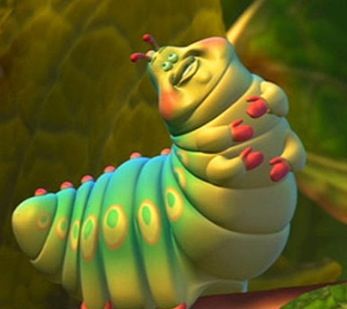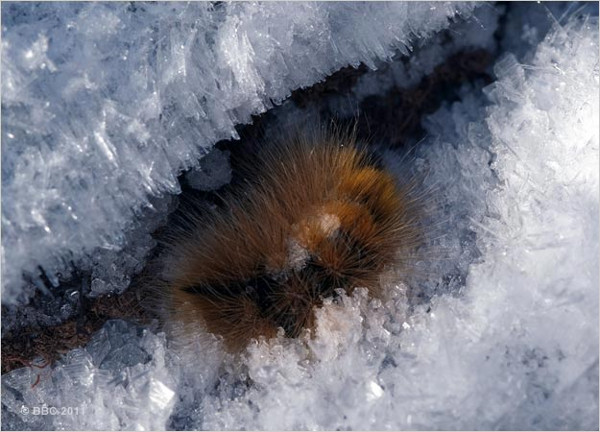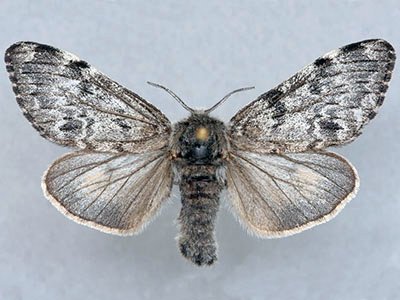The Oldest Caterpillar
G'day team,
Team, meet Gynaephora groenlandica the Arctic Wooly Bear Moth, and the oldest caterpillar in the world!

This cute little critter is found only in Greenland, northern Canada and... The Arctic Circle!
Yep, that's right, a Caterpillar which lives here...

... not where I'd expect to find a caterpillar!
So how does a little critter like this survive in one of the harshest environments on earth?
Well, it's a pretty awesome story.
From the moment these caterpillars hatch they have one mission... eat, eat and eat. Sounds like a good life!
Like caterpillars the world over, they dream of becoming 'beautiful butterflies' (or in this case, moths), and they won't stop eating till they're big enough to start the transformation!

But there's a problem... the sparse surroundings that form the natural habitat of the Arctic Wooly Bear Caterpillar are not exactly bursting with food, and finding enough to reach optimum voluptuousness in just one season is simply impossible.

So the caterpillar has a secret weapon.
When the winter rolls around and the food disappears, the Arctic Wooly Bear Caterpillar will simply find a nice little rock to hide under, build a little shell (called a hibernacula) and sleeps through the winter. The thing is, seeing as they live in such a cold environment, this can be up to 90% of the year! As temperatures plummet down to -60C (-76F) our furry little friend simply freeze, their hearts stopping and their entire body turning into the worlds cutest little ice cube.

In the summer our friends simply wait to defrost, then get out there and start eating again. (Sounds like a good life!)
These caterpillars do this year in, year out... freeze-eat-freeze-eat, for up to FIFTEEN years!
When the caterpillar has finally put on enough size to become a moth, it will defrost and begin building a cocoon before finally emerged as... this rather disappointing* moth!

In its moth form our little buddy has only a few days to find a mate, reproduce and then die.... perhaps there is no better example in nature of just how far an animal will go to pass on it's genes.
That's it
Thanks for reading team, I hope you all learned something fun!
-tfc
Resources
Image sources down here to keep everything above looking pretty :)
- Image 1 source
- Image 2 source
- Image 3 source
- Image 4 source
- Image 5 source
- Image 6 source
- Arctic Woolly Bear Moth - Facts and Adaptations - Gynaephora groenlandica
- Arctic creepy-crawlies part II: woolly bear caterpillars
- The oldest caterpillar on Earth spends its winters frozen solid
- Woolly Bear Caterpillar
My Recent Posts
Hi, I'm Tom! (My life of medicine, science and fantasy)
Basics of Reading an X-ray
Super Bugs - What is antibiotic resistance and how we are fighting it
Hydatidiform Mole – When Pregnancy Goes Wrong
Why is Antibiotic Resistance so Hard to Combat
Subconscious Discrimination - Test yourself using this Harvard University tool
Human Anatomy 101 - The Rotator Cuff
Crazy that it takes 15 years to turn into a moth. I wonder if they all emerge at the same time to increase the likelihood of mating.
I guess each season a certain percentage of the population manages to metamorphise... It'd be interesting to see if there's a specific indicator that they all respond to so they can time it down to the day...
@OriginalWorks